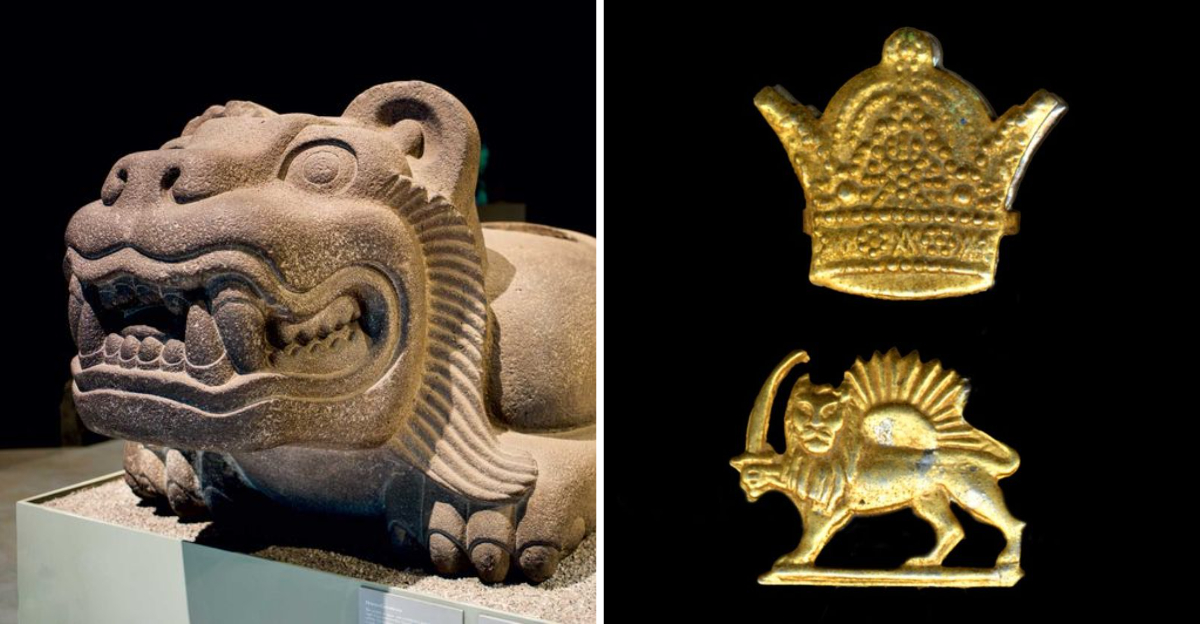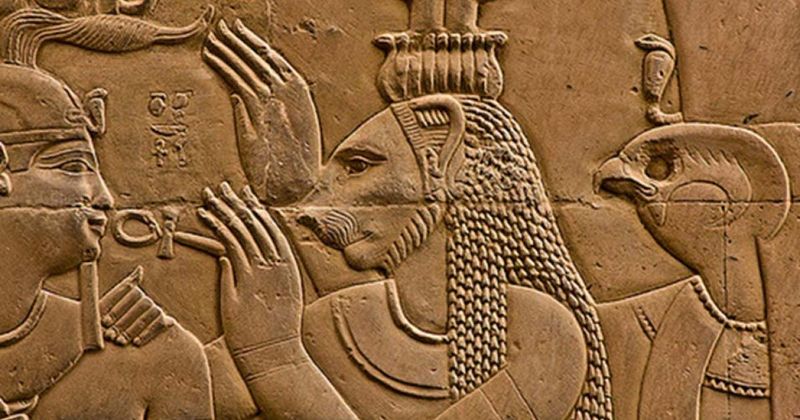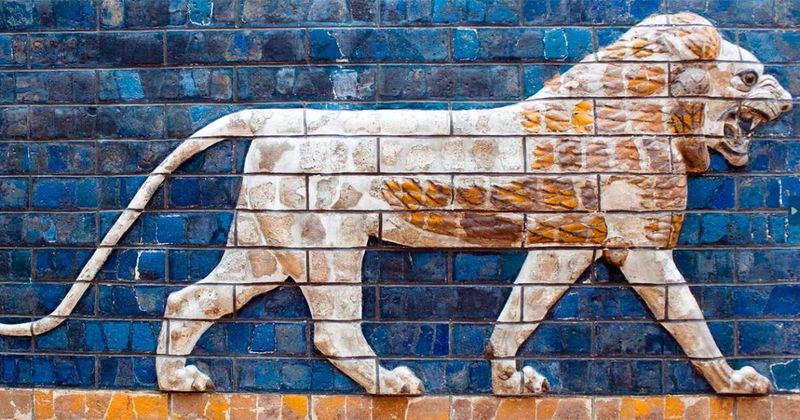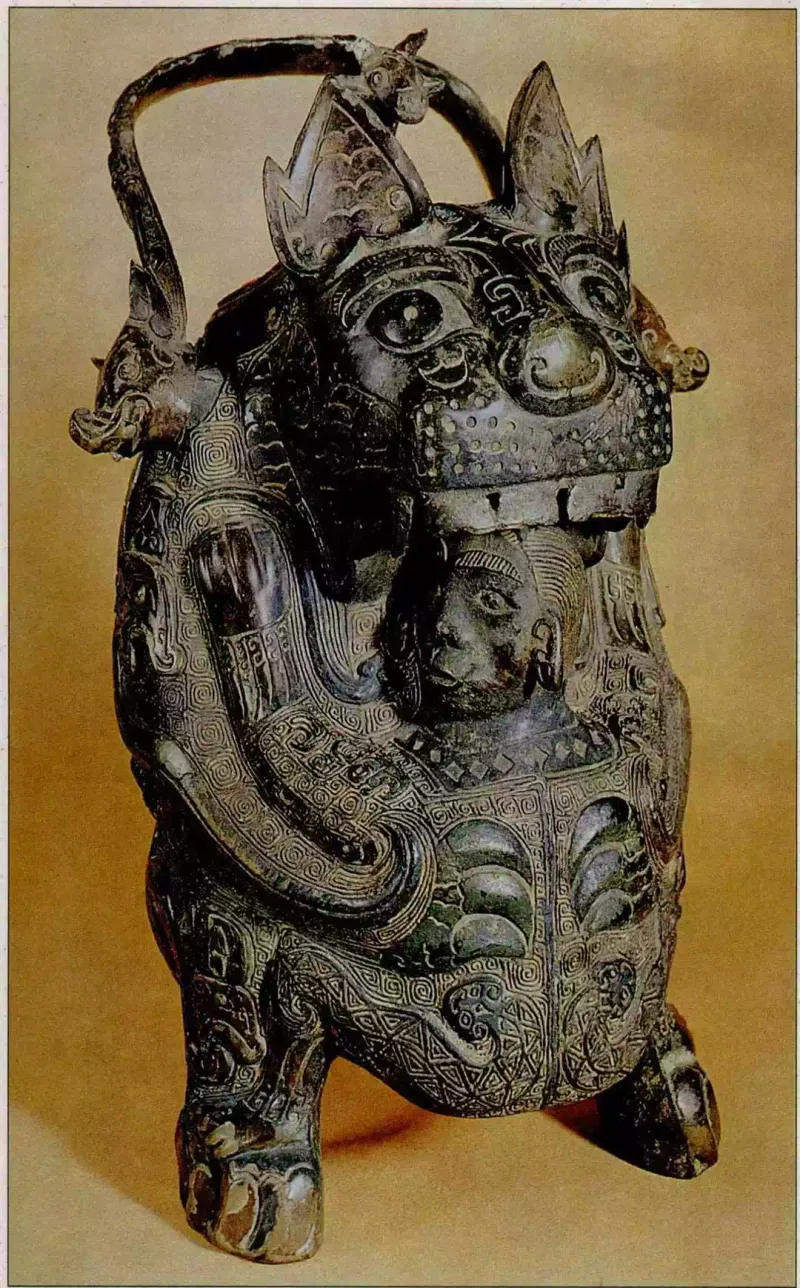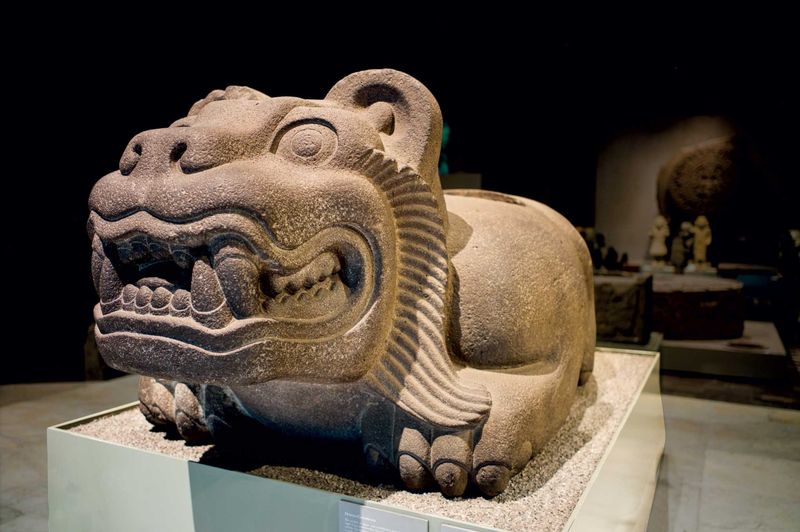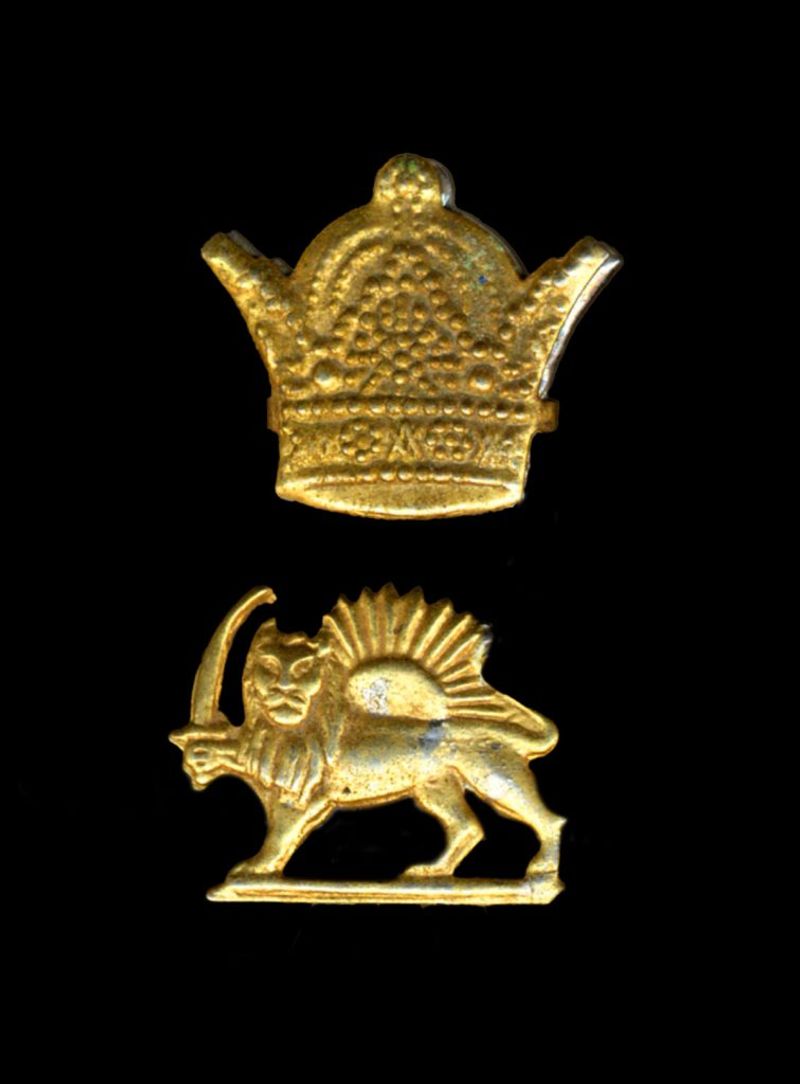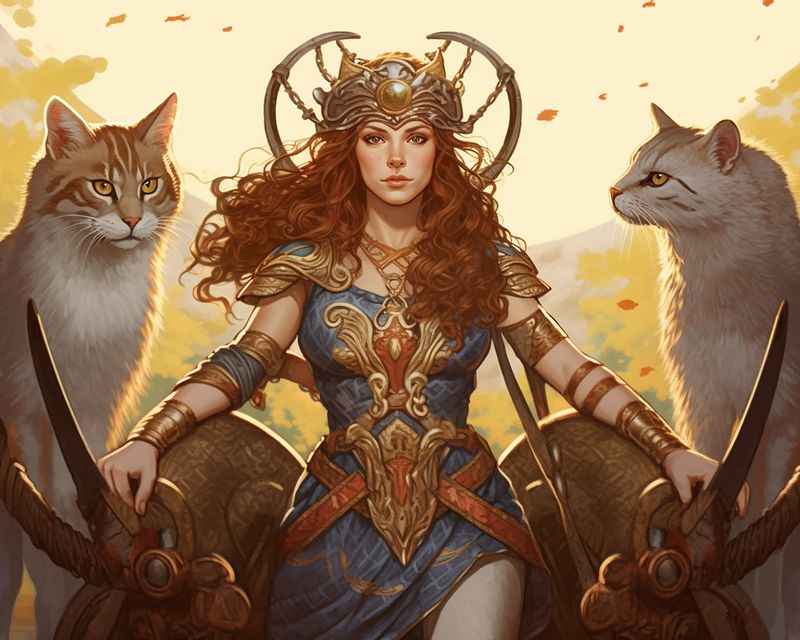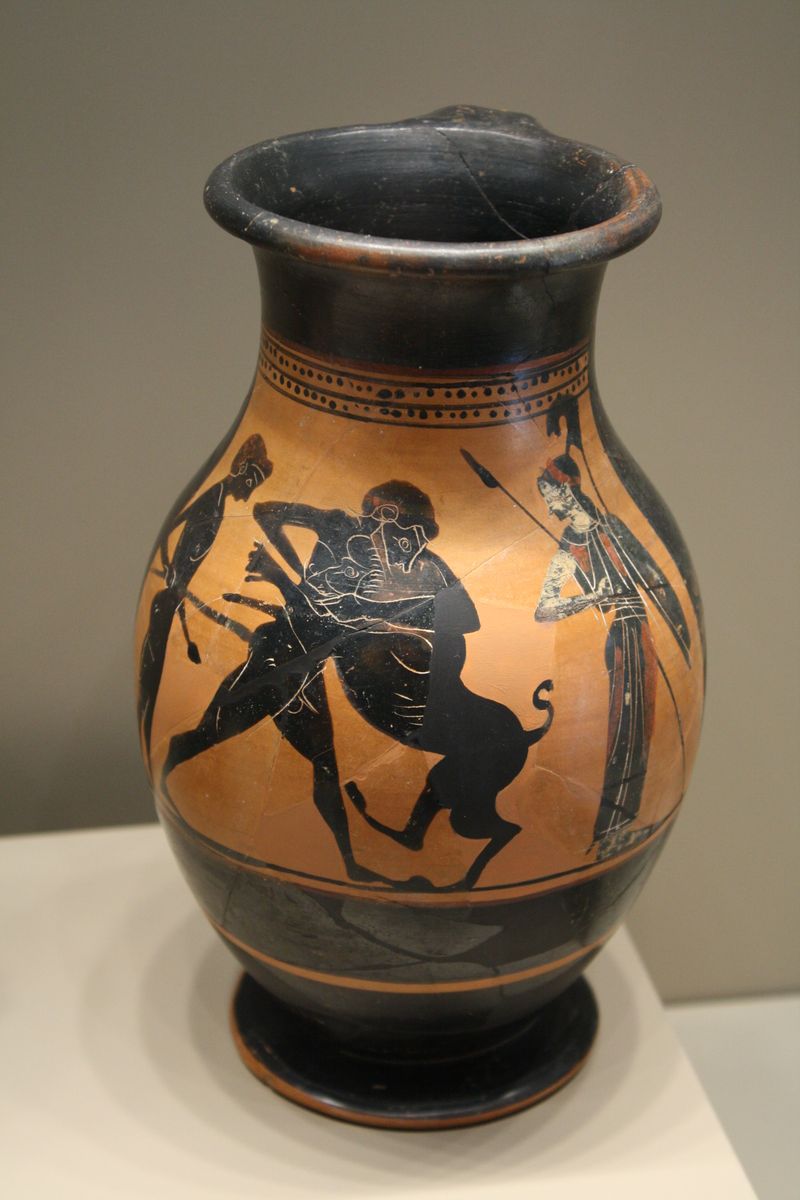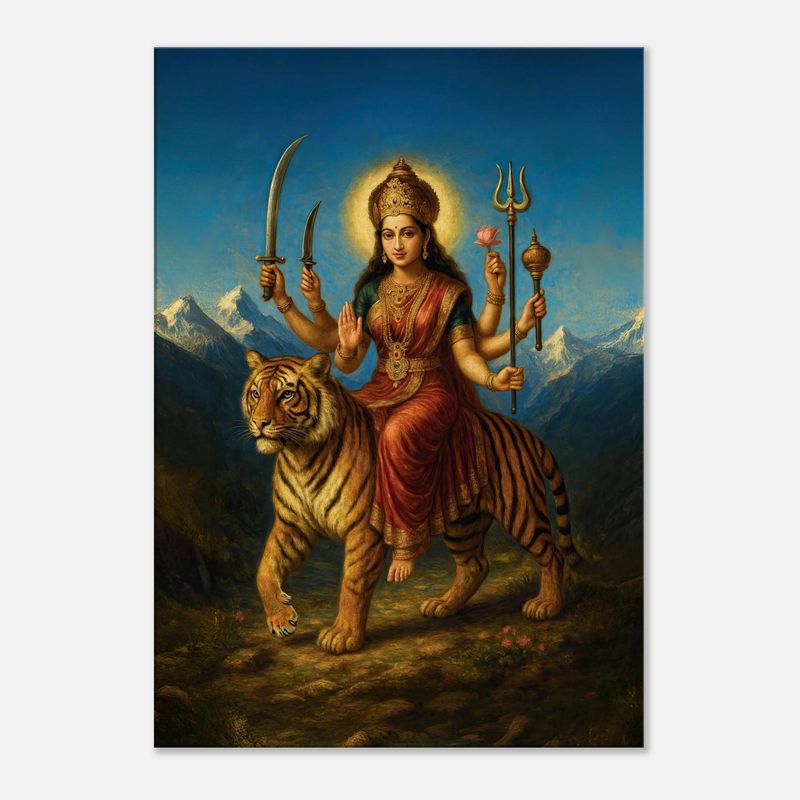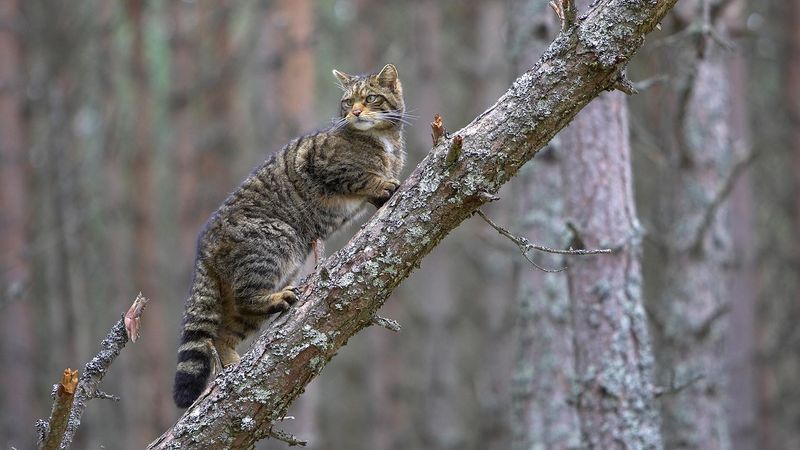📖 Table of Content:
- 1. Ancient Egypt: Lions as Symbols of Power
- 2. Mesopotamia: Lions in Myth and Royalty
- 3. Indus Valley Civilization: Reverence for Big Cats
- 4. Ancient China: Tigers as Guardians
- 5. Mesoamerican Cultures: Jaguars as Sacred Beasts
- 6. Persian Empire: Lions as Royal Emblems
- 7. Norse Mythology: Cats as Symbols of Femininity and Wealth
- 8. Ancient Greece: Lions in Mythology
- 9. Hinduism: The Divine Lion and Tiger
- 10. Celtic Beliefs: The Wildcat Spirit
Across the span of human history, big cats have prowled not just the wild, but the annals of myth and culture. Revered and feared, they symbolize power, mystery, and the divine in various ancient civilizations. This exploration delves into the fascinating roles these majestic creatures have played in different cultures, highlighting their significance and the myths that have surrounded them for millennia.
1. Ancient Egypt: Lions as Symbols of Power
In the golden sands of Egypt, the lion reigned supreme as a symbol of strength and protection. Pharaohs aligned themselves with lions to project authority, while the lion-headed goddess Sekhmet embodied the sun’s dual nature—destructive and healing. Her fearsome visage was both a protector of the pharaohs and a bringer of pestilence to their enemies. This duality is a testament to the lion’s revered status. Moreover, lions were believed to guard the horizon and the balance of the world, standing as eternal sentinels of power and unity in ancient Egyptian mythology.
2. Mesopotamia: Lions in Myth and Royalty
In the cradle of civilization, Mesopotamia, lions were not mere beasts but divine symbols of royalty and strength. The Assyrians and Babylonians revered the lion as a creature of valor, frequently seen in art and architecture. The goddess Ishtar, depicted riding a lion, emphasized its divine connection. This portrayal of the lion as a majestic companion to royalty and deities reflects the Mesopotamian belief in its power. As guardians in palaces and temples, lions were more than symbols; they were integral to the cultural and spiritual fabric, representing the might and protection of their rulers.
3. Indus Valley Civilization: Reverence for Big Cats
The Indus Valley Civilization, known for its enigmatic seals and figurines, held big cats in high esteem. Tigers and leopards were frequently depicted, suggesting their revered status. These animals, cloaked in mystery, were likely seen as embodiments of strength and spiritual power. The presence of big cats in their art indicates a society that not only admired these creatures but possibly viewed them as spiritual intermediaries. Their imagery suggests a complex relationship between humans and nature, reflecting a profound respect and awe for the untamed spirit of the big cats.
4. Ancient China: Tigers as Guardians
In ancient China, tigers roared not just in the wild but within the realms of spirituality and protection. Known as the “King of the Animals,” the tiger was a guardian against evil spirits. Its mighty image adorned military banners, embodying courage and strength. The White Tiger, one of the Four Symbols, represented the west and autumn, a testament to its celestial significance. With their fierce presence, tigers were more than animals; they were divine protectors, standing at the threshold between the physical and spiritual worlds, safeguarding the balance of nature and humanity.
5. Mesoamerican Cultures: Jaguars as Sacred Beasts
In the lush landscapes of Mesoamerica, jaguars were more than predators; they were sacred beings intricately woven into the cosmos. The Maya and Aztecs saw the jaguar as a bridge to the underworld, a creature capable of traversing realms. Warriors donned jaguar pelts, believing they adopted the beast’s spirit and strength. These creatures were revered as symbols of power, night, and the spiritual journey. The jaguar’s presence in myths and rituals underscores its vital role in Mesoamerican beliefs, embodying the mystery and majesty of the untamed jungle and the soul’s eternal journey.
6. Persian Empire: Lions as Royal Emblems
In the Persian Empire, lions roared as emblems of royal authority and divine right. The lion and sun motif became a symbol of strength and kingship, adorning the banners of rulers like Cyrus the Great. This imagery not only represented power but also the divine favor bestowed upon the king. Lions guarded the palaces and were a frequent theme in Persian art, symbolizing courage and protection. Their presence was a reminder of the king’s duty to his people, carrying the weight of both earthly and celestial responsibilities, underscoring the empire’s grandeur and might.
7. Norse Mythology: Cats as Symbols of Femininity and Wealth
In the icy realms of Norse mythology, cats were not just domestic creatures but symbols of femininity and fortune. The goddess Freyja, known for her beauty and war prowess, rode a chariot drawn by two enigmatic cats. These felines, embodying both grace and independence, became symbols of fertility and prosperity. Freyja’s cats were seen as mystical beings, bridging the gap between the mundane and the divine. Their presence in myths speaks to a culture that valued the mysterious and magical aspects of life, viewing cats as companions of both might and mystique.
8. Ancient Greece: Lions in Mythology
In ancient Greece, lions roared within the pages of myth and legend. Heracles’ first labor—to slay the Nemean Lion—became a hallmark of strength and heroism. This beast, with its invulnerable hide, symbolized daunting challenges. Greek art frequently depicted such tales, with lions embodying courage and valor. Beyond Heracles, lions adorned shields and statues, representing guardianship and power. Their presence in mythology and art reflects the Greek admiration for bravery and the lion’s role as both adversary and protector, capturing the eternal struggle between man and the wild.
9. Hinduism: The Divine Lion and Tiger
In the vibrant tapestry of Hindu mythology, big cats are sacred companions to the divine. The goddess Durga, astride a lion or tiger, embodies power and cosmic order. Narasimha, Vishnu’s lion-headed avatar, represents divine wrath that protects the virtuous. These feline figures are more than symbols; they are manifestations of divine strength and justice. Their presence in temples and rituals underscores their spiritual significance. As guardians of the dharma, they reflect the eternal battle between good and evil, embodying the divine’s protective embrace and the cosmic balance of life.
10. Celtic Beliefs: The Wildcat Spirit
In the misty realms of Celtic mythology, the wildcat prowled as a symbol of sovereignty and mystery. Although not native, large felines were revered as spiritual guides. Their fierce independence and untamed spirit resonated with the Celts, who valued nature’s wild beauty. Wildcats symbolized guardianship and the mystical connection to the earth. Their presence in lore underscores a deep respect for the natural world and its cycles. These mythical creatures embodied the power and freedom of the wilderness, reflecting the Celtic belief in nature’s sacred and transformative power.
